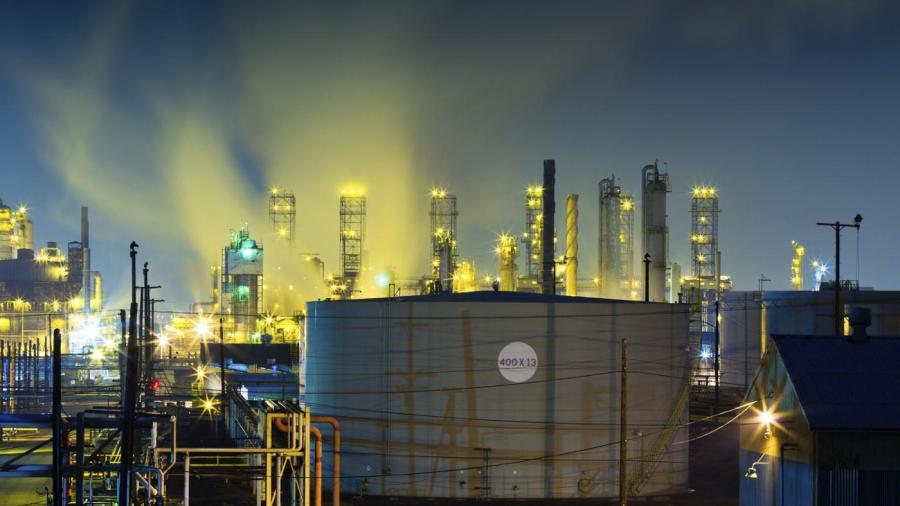What Is the Difference Between Ideal Gas and Real Gas?

The difference between ideal gas and real gas is real gas has real volume while ideal gas does not. Real gases are composed of atoms or molecules resulting in their volume.
Real Gases These are a type of nonhypothetical gas that have mass and volume. The associated molecules have interactions and space. They also follow gas laws. With this gas, pressure is relatively low but there is attracting energy during collision of particles. Collision of particles is also non-elastic.
Ideal Gases These are the opposite of real gases and they have no mass and no definite volume. There is elasticity concerning the collision of ideal gas particles and pressure is high. During collision of particles, no energy is involved.
van der Waals Equation Between gases, this equation is used to correct for any attractive forces between them and the volume differences. The first correction alters the ideal gas equation pressure. Between gas molecules, it takes into consideration the intermolecular attractive forces. The volume that the gas molecules take up is corrected by nb.
The molecular attractive force’s strength is a. The total volume per mole is represented by b. Experimental determination is used to get the values of a and b when performing the equation.
Boyle’s Law This law says that when gas is confined at a fixed temperature it is inversely proportional to pressure being exerted onto the same gas. PV is a constant in the equation. A balloon is a good example of this equation. As the pressure increases around it, the volume goes down. However, the volume will increase as there is decreasing pressure surrounding it.
At very high pressures, the temperate and molar mass of the gas play significant roles in the outcome. Scientists will look for the effects of attractive and repulsive forces. The repulsive force gets stronger as gas is compressed. This makes the gas essentially work against further reduction in volume.
When exploring attractive forces, molecules tend to repel one another when they start to get close. This is due to their respective electron clouds. As they move further apart, the distribution of their electron clouds experience short statistical fluctuations. This increases the attractive force between the individual molecules. The attractive force grows stronger when there are more electrons present in the molecule. The substance remains a gas when the energy of thermal motion is dominant. However, when attractions dominate as temperatures get low, the substance becomes either a solid or a liquid.
Compressibility Comparing the molar volume of ideal gas to real gas when they are at the same pressure and temperature makes it possible to see the accuracy of ideal gas law. This is done using a ratio of the molar volume of ideal gas versus real gas when both are at the same pressure and temperature. This ratio is referred to as the compression factor or compressibility.
Compressibility makes it possible to look at the effect of intermolecular forces. At lower temperatures, the effect of intermolecular forces is lower. This is because with the intermolecular attractions, the molecules are not able to overcome them as easily due to having less kinetic energy.





